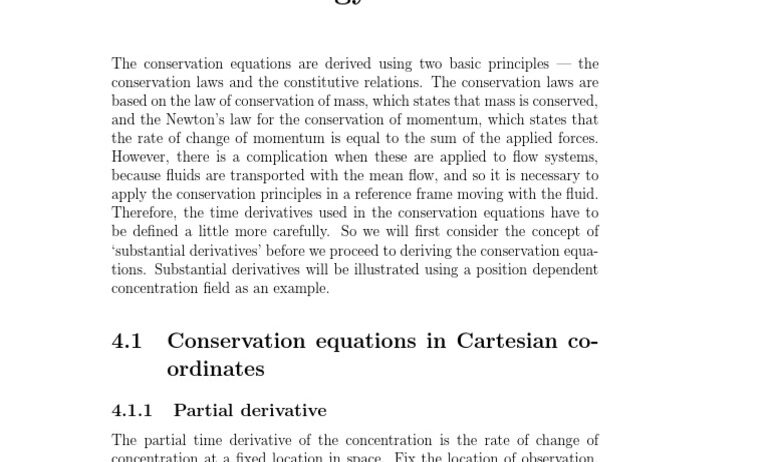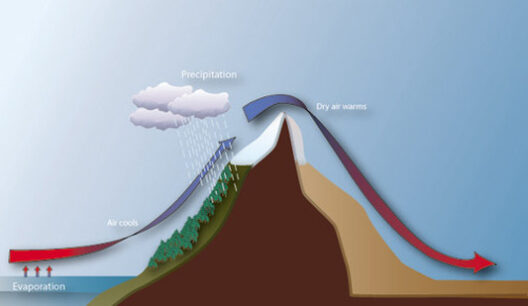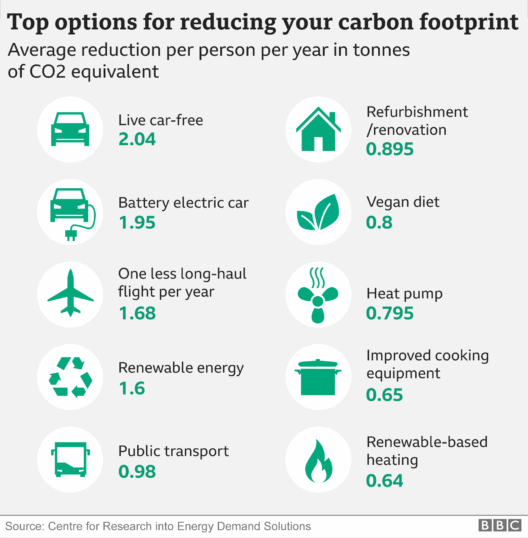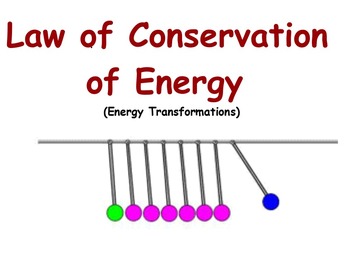Mass is a fundamental component of the physical universe, playing a pivotal role in various principles of physics, especially within the realm of energy conservation. The inquiry into how mass interacts with and influences energy conservation principles is both intricate and crucial for understanding many natural phenomena. This exploration delves into the nuanced relationship between mass and energy, highlighting the distinctive perspectives and implications pertinent to various scientific domains.
At its core, the conservation of energy principle posits that while energy can change forms—transforming from kinetic to potential, or from thermal to mechanical—it cannot be created or destroyed. However, mass, as a form of energy, introduces additional dimensions to this principle. This article aims to elucidate the relationship between mass and energy conservation, examining various concepts and implications in energy dynamics, particularly in the contexts of classical mechanics, thermodynamics, and relativistic physics.
Understanding Energy and Mass: The Fundamental Connection
The foundation of this relationship rests on the Einsteinian equation E=mc², where E denotes energy, m signifies mass, and c represents the speed of light in a vacuum. This equation encapsulates the intrinsic convertibility of mass into energy and vice versa, which is fundamental for systems where mass variations are notable, such as in nuclear physics.
This relationship implies that any alteration in mass within a system can result in a corresponding change in energy. For instance, in nuclear reactions, tiny amounts of mass can yield immense quantities of energy, exhibiting the profound impact mass possesses on energy conservation. Understanding this interplay is vital for fields ranging from astrophysics to renewable energy technologies. The mass-energy equivalence principle reveals that even minute variations in mass translate to significant energy changes, underscoring the importance of measuring mass accurately in various scientific inquiries.
Mass in Classical Mechanics: A Gateway to Energy Principles
In classical mechanics, mass significantly influences kinetic and potential energy. Kinetic energy, defined as the energy of an object in motion, is directly proportional to the mass of that object. As such, heavier objects possess greater kinetic energy at the same velocity compared to lighter counterparts. This relationship is not merely theoretical; it underscores practical applications, from vehicle engineering to sports science, where mass considerations dictate performance and efficiency.
Potential energy, on the other hand, is contingent upon the mass of an object and its height relative to a reference point. For a given gravitational field, an increase in mass leads to a proportionate increase in gravitational potential energy. This principle elucidates various everyday phenomena, from the operation of roller coasters to hydroelectric power generation, highlighting how mass directly informs energy conservation mechanisms in mechanical systems.
Temperature and Internal Energy: The Role of Mass in Thermodynamics
Thermodynamics lends another layer of complexity to the discussion of mass and energy conservation. Within closed systems, the mass of substances relates intimately to their thermal energy and temperature. The heat capacity of a material—the amount of energy required to change its temperature—depends on its mass and the specific heat of the substance. Thus, as mass increases, the energy required to achieve a temperature change also escalates, illustrating the significant role mass plays in energy exchanges within thermal systems.
The first law of thermodynamics, which posits that energy cannot be created or destroyed, further emphasizes the quintessential role of mass in energy conservation. In processes where mass is interchanged or transformed—such as phase changes of water—detailed analyses reveal that not only the mass but the nature of the material influences energy dynamics. This is why meticulous energy management is critical in engineering fields, particularly in temperature-sensitive processes.
Relativistic Considerations: Expanding the Mass-Energy Paradigm
When considering relativistic physics, the interplay of mass and energy becomes even more pronounced. As objects approach the speed of light, relativistic effects become significant, leading to the realization that mass itself is not an invariant quantity. Instead, the relativistic mass increases, necessitating exponential energy input to sustain acceleration. This phenomenon illustrates the practical limits imposed by mass on energy inputs in high-velocity contexts, such as particle physics or astrophysics.
Moreover, the implications of mass and energy conservation extend into cosmology. Understanding how mass exhibits its influence on energy conservation principles is critical when formulating theories about the universe’s evolution, dark energy, and the fundamental forces that govern cosmic interactions. In these domains, mass thus serves as a cornerstone for unraveling the complex relationships that dictate the fabric of spacetime.
Conclusion: The Inextricable Link Between Mass and Energy Conservation
In summary, the influence of mass on energy conservation is multifaceted, manifesting across various branches of physics. From classical equations governing motion to the intricacies of thermodynamic processes and relativistic phenomena, mass not only affects the conservation of energy but also shapes our understanding of the universe. By comprehensively examining these principles, we can appreciate the elegance of energy dynamics in the natural world and the foundational role mass plays in this intricate tapestry.
This exploration of mass and energy conservation principles serves as a reminder that our universe operates under complex laws that are not only fascinating but essential for the continued advancement of science and technology. As society grapples with the challenges posed by energy consumption and sustainability, a deep-seated understanding of these fundamental concepts will be vital in paving the way for innovative solutions and effective resource management in the quest for a balanced coexistence with the environment.







